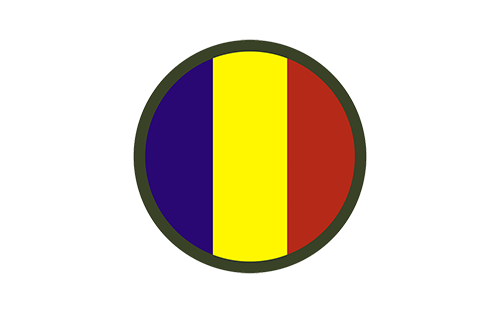By Nina Borgeson, TRADOC Communication Directorate March 14, 2022
JOINT BASE LANGLEY-EUSTIS, Va – The U.S. Army Training and Doctrine Command will host a Leader Professional Development webinar on Mar. 16 at 11 a.m. EDT.
This webinar is part of the monthly LPD series featuring influential leaders, both Army and Civilian, to educate the workforce on various topics related to the Army Profession and encourage an open discussion between the speakers and their audience.
Lt. Gen. Maria Gervais, TRADOC deputy commanding general, and guest Lt. Gen. Gary Brito, deputy chief of staff, G-1, Headquarters Department of Army, will share their experiences and discuss how the Army People Strategy can be used to create a more cohesive team.
Building and maintaining a cohesive team of ready, professional, diverse and integrated individuals is what the Army People Strategy is all about. It requires effort from Army leaders across all levels, from squads to major commands, to be effective. This change begins here at TRADOC, where Soldiers are recruited and trained, and leaders are developed – both Soldier and Civilian.
A cohesive team starts with having the right people. Acquiring the right people requires a 21st century talent management system that maximizes the skills of individuals.
“Leaders must look across their force to identify the knowledge, skills and behaviors needed to meet the demands placed on their organization,” Brito explained.
Once the talent is identified and acquired, it is essential the Army continues to develop its Soldiers and Civilians. Through education and training opportunities, the talents of the force are broadened, maximizing their contributions to the Total Army.
“Developing dynamic teams begins with the development of our people by providing the right training, education, credentialing, and the best tools to contribute to the success of their teams,” he stated.
Brito explains that having engaged leaders makes all the difference, and when they invest in their people, both professionally and personally, it builds strong cohesive teams that can confront the complex challenges they’re faced with.
Once talent is acquired, the People Strategy states it is crucial the work environment and culture remain people-focused to destroy any harmful behaviors that damage an organization’s foundation, such as sexual assault and harassment, discrimination, extremism and suicide.
This cultural change begins with leaders, as they drive culture by clearly defining it, communicating it openly and effectively, inspiring others, and modeling it conspicuously and authentically.
“We, as leaders, owe it to our Soldiers to create an environment that recognizes the value of diverse backgrounds and is free of obstacles that prevent them from obtaining their goals and reaching their potential,” Brito said. “The Army cannot reach this goal without leaders, at all levels, who can define why diversity, equity and inclusion are important to their professional culture and communicate it through two-way candid dialogue.”
The People Strategy emphasizes that having Army leaders speak on these issues, to demonstrate that the organization does not tolerate these behaviors, will instill a stronger sense of trust and safety within the organization.
When asked what key lessons he would like leaders to take with them from the Army People Strategy, Brito stated, although the Army’s mission remains unchanged, the challenges the force faces continue to change, making the steps to mission accomplishment ever evolving.
“As we follow the framework laid out in the Army People Strategy, through assessments and data, we can identify the best policies and programs which capitalizes on our people’s talents and builds the Army of 2030 and beyond.”
To read more about the Army People Strategy and what it entails, visit https://people.army.mil/.
To view and participate in the LPD discussion, visit TRADOC’s Facebook page, DVIDs, or the TRADOC watch page at www.tradoc.army.mil/watch/ where you can submit questions to be answered throughout the session by LPD panelists.


